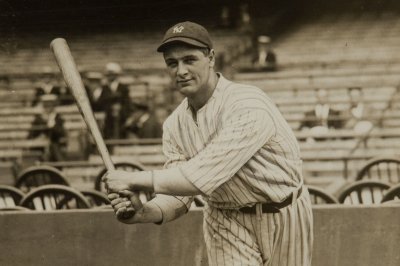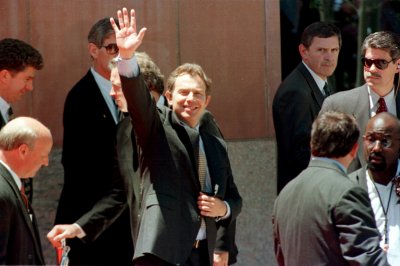Topic: John Majors
Johnny Majors (born May 21, 1935) is a former American football player and coach in the United States. A standout halfback at the University of Tennessee, he was an All-American in 1956 and a two-time winner of the Southeastern Conference Most Valuable Player award, in 1955 and 1956. He finished second to Paul Hornung in voting for the Heisman Trophy in 1956. Majors served as the head football coach at Iowa State University (1968–1972), the University of Pittsburgh (1973–1976, 1993–1996), and Tennessee (1977–1992), compiling a career college football record of 185–137–10. His 1976 Pittsburgh squad won a national championship after capping a 12–0 season with a victory in the Sugar Bowl. Majors was inducted into the College Football Hall of Fame as a player in 1987.
Majors played high school football for the Huntland Hornets of Franklin County, Tennessee. They won the state championship in 1951. Majors' father, Shirley Majors, was the head coach at Huntland from 1949 to 1957. Majors also played alongside his brother, Joe, at Huntland. Another brother, Bobby, also played at Tennessee and professionally for the Cleveland Browns.
A triple-threat tailback at the University of Tennessee, one of the last schools to use the single-wing rather than some version of the T formation, Majors was an All-American and runner-up for the Heisman Trophy in 1956. Majors lost the Heisman Trophy to Paul Hornung, who starred for Notre Dame, who had a losing record (2–8). To date, this is the only time the Heisman Trophy has been awarded to a player on a losing team. Many fans of college football, particularly Tennessee fans, believe that Hornung won the Heisman because he played for storied Notre Dame program, although Hornung did lead his team in passing, rushing, scoring, kickoff and punt returns, punting, and passes broken up and was second in interceptions and tackles made.
It uses material from the Wikipedia article "John Majors."














